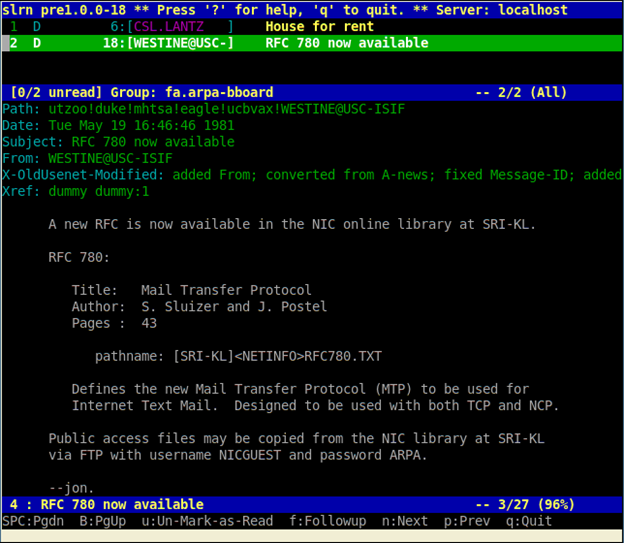Netsparker Cybersecurity Survey: 80 Percent of Americans at Risk
Press Release | Data reveals that a fifth of Americans don’t regularly update their computer & smartphone software. 45% fail to update smart home devices
Your Information will be kept private.
Stay up to date on web security trends
Your Information will be kept private.
Data reveals that a fifth of Americans don’t regularly update their computer or smartphone software, and 45 percent fail to update smart home devices
London—December 14, 2017—Netsparker Ltd., a leading player in the web applications security industry, has today released the results of its 2017 Cybersecurity Survey. The survey of 2,006 U.S. adults, conducted online by Propeller Insights on behalf Netsparker in November 2017, found that most Americans leave themselves open to cyber attack, that Americans love IoT even if it poses a heightened security risk, and that a third of Americans would hold the maker of a device responsible if a hack occurred, even if outdated software was the cause.
Americans at Risk of Cybersecurity Attack
When it comes to cybersecurity, fully 80 percent of Americans admit to behaviors that put them at risk. The most common offenses are:- Using open, unsecured Wi-Fi networks — 40 percent
- Clicking on unfamiliar links on social media — 35 percent
- Downloading files from third-party sources — 31 percent
- Opening email attachments from unknown sources — 31 percent
- Failing to install good web-based security software — 28 percent
- Trying to avoid open, unsecured Wi-Fi networks — 40 percent
- Turning off location services from their phone and other devices — 38 percent
Consumer Perceptions of IoT and Web Application Security
When asked which technologies Americans believe are most susceptible to hacking, IoT devices (45 percent) ranked second only to web applications and online services (53 percent). Other connected technologies also ranked high:- ATMs — 45 percent
- Smart TVs — 35 percent
- Connected cars — 32 percent
- Artificial intelligence — 26 percent
- Medical devices — 22 percent






